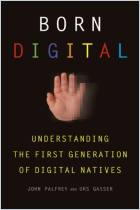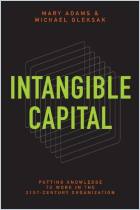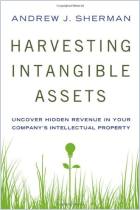The world of intellectual property (IP) can be a scary place, where giant firms face off against their competitors, acquiring mammoth IP portfolios to intimidate others and discourage patent infringement lawsuits. Or it can be a place of shrewd investment and careful nurturing of assets. Harvard Law School professor John Palfrey examines the high-stakes IP world and suggests IP strategies to optimize organizational performance. getAbstract recommends Palfrey’s worthwhile guidance to all managers seeking to understand their IP assets and to maximize their profitability.
More Than “the Sword and the Shield”
Intellectual property (IP) is “a way of describing what the people in your organization know and are capable of doing. It’s the collected knowledge, work product and skill set of all the people who make up your team.” IP protects “original ideas, expressive works and the words and images (and even sounds and colors) that describe brands.”
Strategists dealing in IP have focused on two long-standing – and now obsolete – war-related metaphors: the sword and the shield. Firms use IP as a sword to attack their rivals or as a shield to protect themselves. Such thinking logically culminates in the courtroom, where one company attempts to squelch or invade another company’s IP protections, and legal fees can run into millions of dollars. This punch-counterpunch approach to IP belongs to the previous century. IP should matter most in the boardroom – not the courtroom – because you should work with and leverage your IP.
Instead of thinking of IP as a weapon, think of it as an exploitable asset rife with potential profit. Smart firms learn to view IP as long-term resources to be treated with openness and flexibility. Forward-looking ...
John Palfrey, a venture executive at Highland Capital Partners, teaches at Harvard Law School and serves as faculty co-director of the Berkman Center for Internet & Society.




















Comment on this summary or 开始讨论